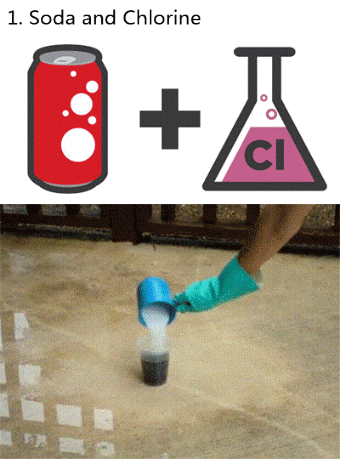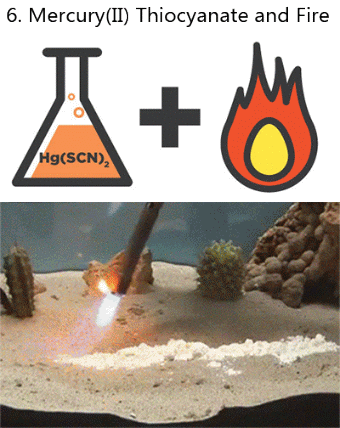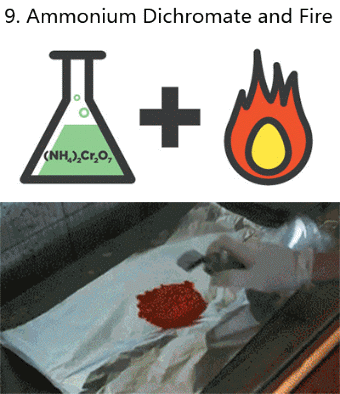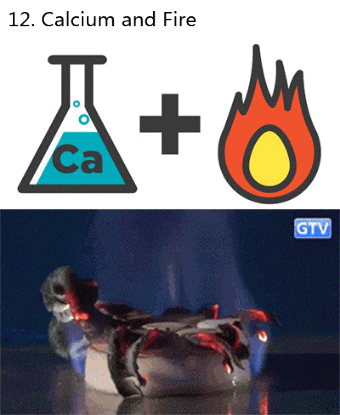The First Galaxies: What We Know And What We Still Need To Learn









The First Galaxies: What We Know And What We Still Need To Learn
“As we look farther back in time, we find that younger galaxies formed stars at faster rates than galaxies do today. We can measure the star-formation rate, and find that at earlier and earlier times, it was more intense. But then we find it hits a peak when the Universe is about two billion years old. Go younger than that, and the rate goes down again.”
We’ve come incredibly far in our quest to learn how the Universe came to be the way it is today. We can see out in space for tens of billions of light years, to galaxies as they were when the Universe was only a few percent of its present age. We can see how galaxies evolve, merge and the stars inside change. And we can see to even before that, when no stars or galaxies existed at all. But how did we get from there to here? There are still plenty of gaps in the story. We’ve never seen the first stars or galaxies; we’ve never witnessed the start of cosmic reionization; we’ve never seen the star formation rate jump from zero to a real, finite number. Yet with James Webb and WFIRST on the horizon, these gaps in our knowledge may – if we’re lucky – all disappear.
Come get the story on what we know about the first galaxies, and what we hope and have left to still learn!
More Posts from Drunkscience4u and Others

Hold your nose at this science pun.








The Science Has Spoken: Pluto Will Never Be A Planet Again
“What’s perhaps most remarkable is that we can make a simple, mathematical relationship between a world’s mass and its orbital distance that can be scaled and applied to any star. If you’re above these lines, you’re a planet; if you’re below it, you’re not. Note that even the most massive dwarf planets would have to be closer to the Sun than Mercury is to reach planetary status. Note by how fantastically much each of our eight planets meets these criteria… and by how much all others miss it. And note that if you replaced the Earth with the Moon, it would barely make it as a planet.”
It was a harsh lesson in astronomy for all of us in 2006, when the International Astronomical Union released their official definition of a planet. While the innermost eight planets made the cut, Pluto did not. But given the discovery of large numbers of worlds in the Kuiper belt and beyond our Solar System, it became clear that we needed something even more than what the IAU gave us. We needed a way to look at any orbiting worlds around any star and determine whether they met a set of objective criteria for reaching planetary status. Recently, Alan Stern spoke up and introduced a geophysical definition of a planet, which would admit more than 100 members in our Solar System alone. But how does this stand up to what astronomers need to know?
As it turns out, not very well. But the IAU definition needs improving, too, and modern science is more than up to the challenge. See who does and doesn’t make the cut into true planetary status, and whether Planet Nine – if real – will make it, too!

um guys?
canada is currently considering banning imidacloprid, which is apparently “one of the most widely used bee-killing pesticides in the world”. this seems pretty huge, so if you’ve got two seconds, add your name to the list! as of posting this link, they need just over 8,000 more signatures by february 21!

Drunk Science is HERE!!! Our first episode explains the mystery of slime. It also makes drunken attempts at humor and references super heroes. It's literally everything you could ever need. Click link in bio to watch! #drunkscience #stem #blerd #funny #science #drunk #labcoat #youtube #experiment http://ift.tt/2mQUVL1
Please subscribe, like, comment, and donate! This was the last episode of this season. Keep an eye out on the facebook page for more information on Season 2. Please comment below for any experiments or simple science you'd like us to explain while drunk! Starring: Candice Lola Directed by Rebecca Berger Produced by Rebecca Berger and Candice Lola Written by Candice Lola Editing, Color, Sound Design by Rebecca Berger Animation by Rachael K McDonald Links: Music: http://ift.tt/1JICaNj and http://ift.tt/2lquxdO http://ift.tt/2lINlQJ http://ift.tt/2lqtjzr http://ift.tt/2lIL08B http://ift.tt/2lqvuCQ (Donations are always welcome!) http://ift.tt/2lITyw7 http://ift.tt/2lqvQJO
Please donate at https://ko-fi.com/A153ETF.
Facebook | Instagram
-
 zeraiya liked this · 1 year ago
zeraiya liked this · 1 year ago -
 neodissatetaz liked this · 1 year ago
neodissatetaz liked this · 1 year ago -
 iselunti liked this · 1 year ago
iselunti liked this · 1 year ago -
 space-samurai-x reblogged this · 3 years ago
space-samurai-x reblogged this · 3 years ago -
 nyxxzy liked this · 5 years ago
nyxxzy liked this · 5 years ago -
 notisaidthechicken liked this · 5 years ago
notisaidthechicken liked this · 5 years ago -
 jeebssred liked this · 5 years ago
jeebssred liked this · 5 years ago -
 a-golden-bear liked this · 5 years ago
a-golden-bear liked this · 5 years ago -
 dancewiththedevil101 liked this · 5 years ago
dancewiththedevil101 liked this · 5 years ago -
 asseenelsewhere liked this · 5 years ago
asseenelsewhere liked this · 5 years ago -
 covenawhite66 liked this · 5 years ago
covenawhite66 liked this · 5 years ago -
 covenawhite66 reblogged this · 5 years ago
covenawhite66 reblogged this · 5 years ago -
 my-im-bored-page liked this · 5 years ago
my-im-bored-page liked this · 5 years ago -
 jaimepololeon-blog liked this · 5 years ago
jaimepololeon-blog liked this · 5 years ago -
 ghostrl liked this · 5 years ago
ghostrl liked this · 5 years ago -
 sink-pasta reblogged this · 5 years ago
sink-pasta reblogged this · 5 years ago -
 sink-pasta liked this · 5 years ago
sink-pasta liked this · 5 years ago -
 arc551 reblogged this · 5 years ago
arc551 reblogged this · 5 years ago -
 penumbra51302 liked this · 5 years ago
penumbra51302 liked this · 5 years ago -
 mayshamrock liked this · 5 years ago
mayshamrock liked this · 5 years ago -
 fagdykefrank liked this · 5 years ago
fagdykefrank liked this · 5 years ago -
 fridgimus liked this · 5 years ago
fridgimus liked this · 5 years ago
The official page of Drunk Science! An enthusiastic host performs simple experiments and then humorously explains the science behind the result, all while visibly drunk.
126 posts











